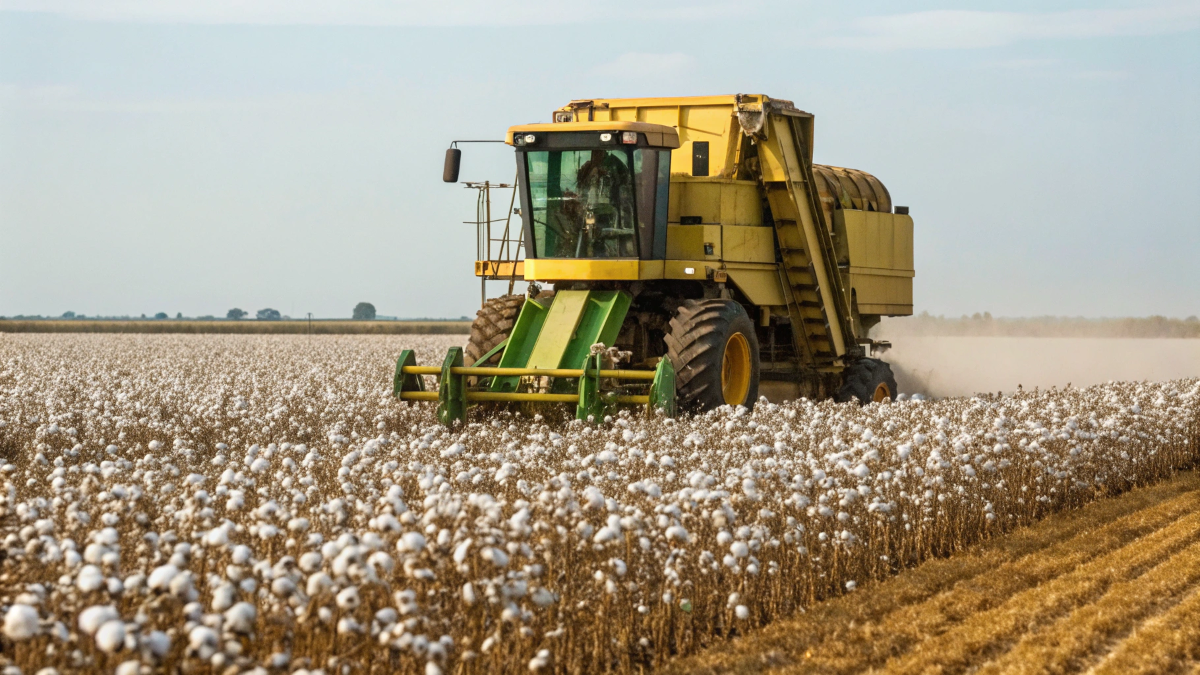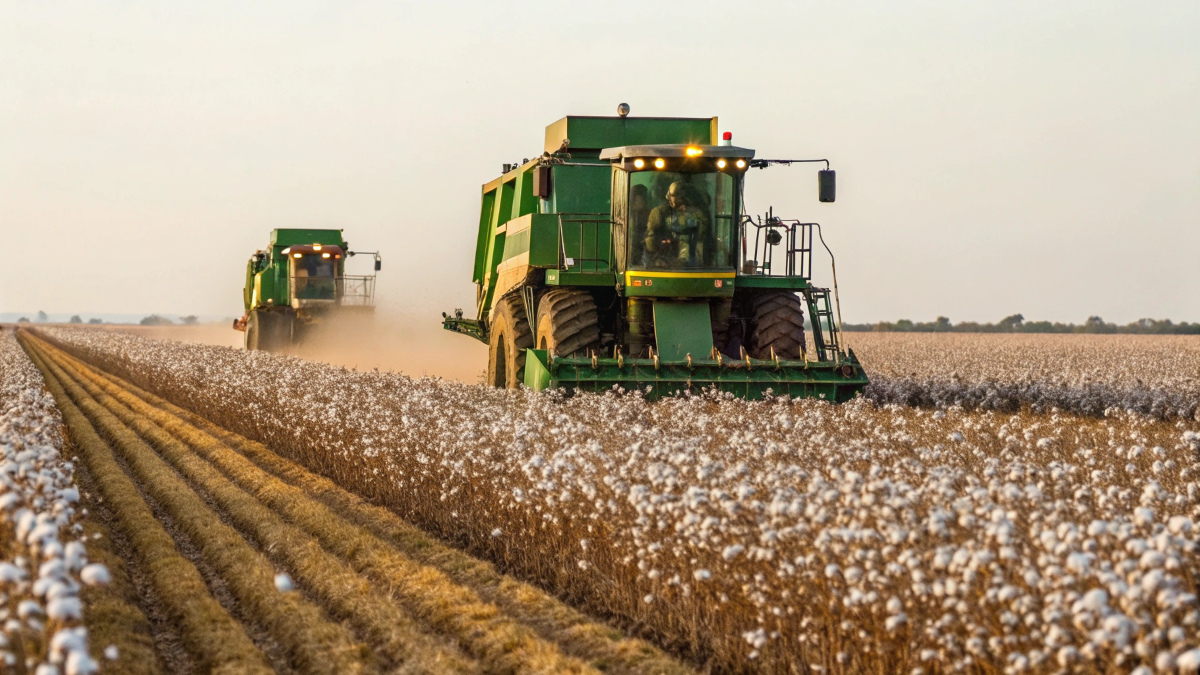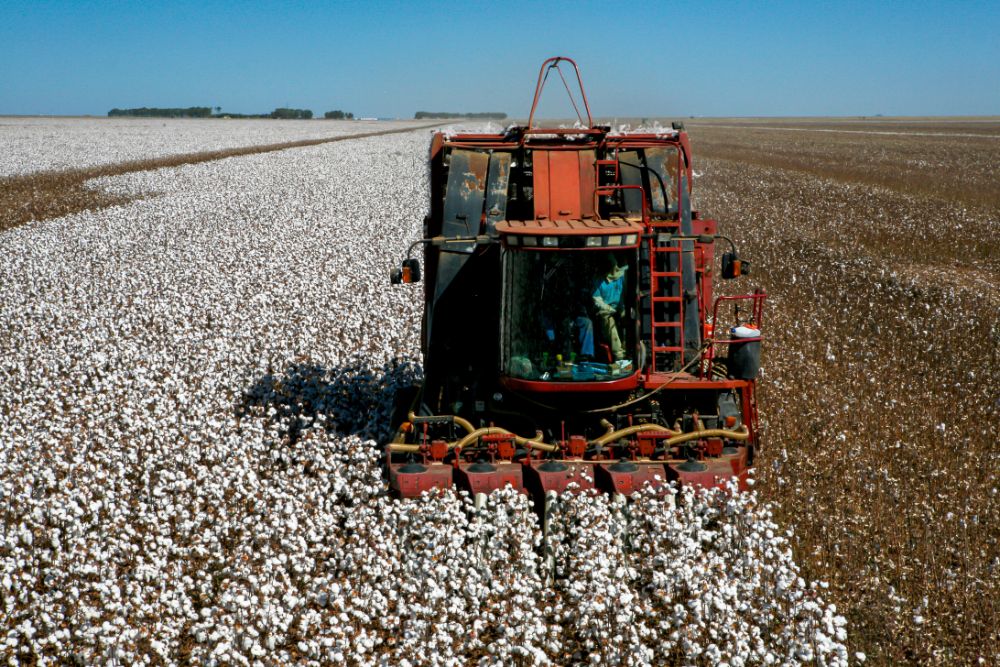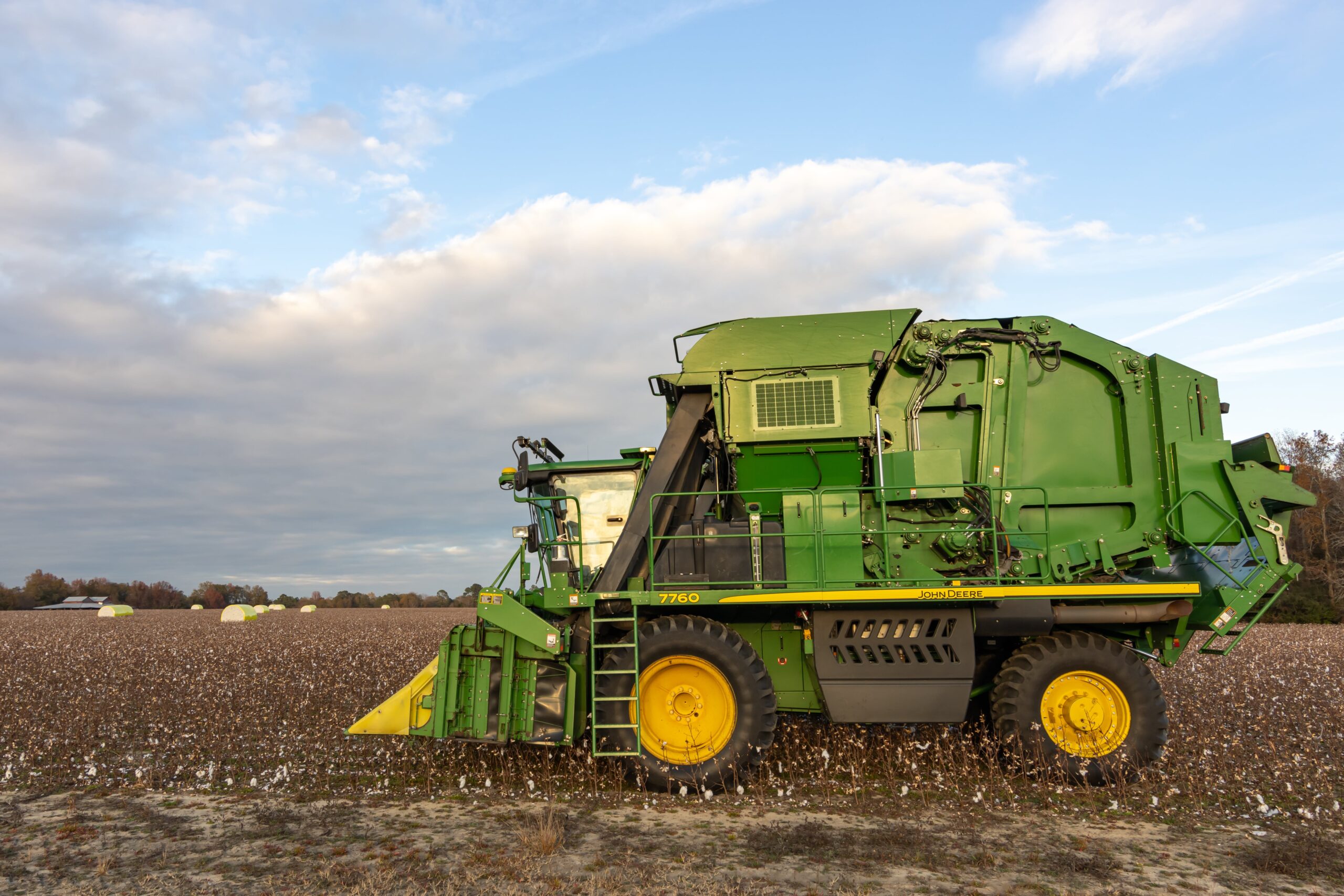In the world of agricultural machinery, John Deere aftermarket parts have become a hot topic of conversation among seasoned equipment owners and new operators alike. Whether you’re running a fleet of cotton pickers during a grueling harvest season or managing a single machine for a family-owned farm, the performance, durability, and cost-effectiveness of your replacement
READ MOREAuthor: Certi-Pik, USA
John Deere Cotton Picker Models
Which John Deere Cotton Picker Model Is Right for Your Operation? A Buyer’s Comparison Guide Choosing the right John Deere cotton picker model can make a significant impact on the productivity and profitability of your farming operation. Whether you’re a small grower harvesting limited acreage or a large-scale producer managing thousands of acres, John Deere
READ MOREInsider Tips for Securing John Deere Cotton Picker Parts of the Highest Quality
When you’re wondering where to get John Deere parts that are durable, dependable, and engineered to the highest standards, there’s one name you should know: Certi-Pik, USA. With a long-standing reputation for producing top-tier fabricated replacement parts and sheet metal components for cotton pickers, Certi-Pik has been the go-to supplier for farmers and agricultural professionals
READ MOREWhere to Find Premium John Deere Cotton Picker Components
When it comes to harvesting cotton efficiently and effectively, equipment reliability is non-negotiable. For farmers and equipment technicians asking, “Who sells John Deere parts?” the answer is clear: Certi-Pik, USA is your premium source for high-quality replacement components for John Deere cotton pickers. In a sector where downtime can cost thousands of dollars per day, sourcing
READ MOREDecoding the Case IH Parts Catalog: A User-Friendly Guide
Few resources are more critical for anyone maintaining or repairing agricultural machinery than the Case IH parts catalog. Whether you’re a seasoned farm equipment technician or a DIY enthusiast keeping your operation running, knowing how to navigate this catalog efficiently can save you time, money, and frustration. The Case IH parts catalog isn’t just a
READ MORE



